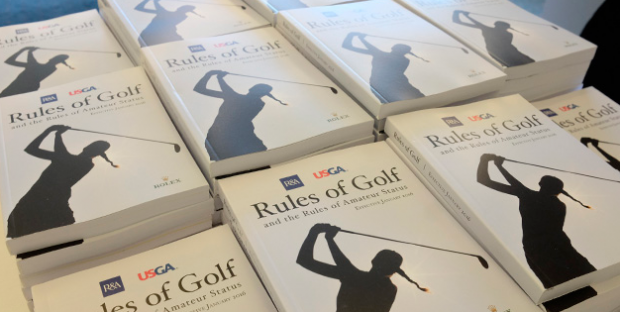In 2012 the R&A and USGA established a special project to assess whether and how the clarification and simplification of the Rules of Golf could be achieved. That committee is set to publish the first draft next year which will then be made available to everyone, from recreational players to tour administrators to rules gurus.
A consultation period will then follow, which will arguably be the largest ever for the R&A and USGA. The final book, although still a few years off, will affect millions of golfers worldwide and both the R&A and USGA are determined that those golfers get their chance to comment.
The earliest surviving written rules were published in 1744 by the Gentlemen Golfers of Edinburgh, who would go on to become The Honourable Company of Edinburgh Golfers. Then as golf grew, and the number of clubs increased, so did the rules. The R&A produced a set of rules in 1899, which the USGA then adopted. The first joint code of rules was issued by the R&A and USGA in 1952, and there were significant changes in 1984. There are, essentially only 34 rules, which in themselves can be quite complex, requiring 181 pages to explain what they are and what they mean. To help with that there are the “Decisions on the Rules of Golf,” a tome which has details and rulings of 1,200 specific incidents.
The R&A and USGA field many thousands of queries about the Rules each year, including many that have never been asked before, and understand that some golfers, perhaps many, are intimidated in picking up the rule book. This does not help in the quest to grow the game and it is hoped that a simpler set of rules that apply to all levels of golf, without fundamentally changing the way the game is played, will make the game more welcoming and easier to understand.
The move has been welcomed by the professional ranks who, even with expert rules officials on hand to help with interpretation, have difficulties with understanding the complexities as recent well-published incidents will attest.
However, rewriting the rules in simpler plain English is easier said than done with one change likely to cascade down through several other rules causing unforeseen consequences. The rules have also been published in 32 different languages so ensuring that nothing is lost in translation is another consideration, as is the identification of changes that could help accelerate the pace of play.
Technology is also set to be a major factor with a new rulebook likely to be more digital and mobile-friendly, using images and video to enhance the written word.
Both the R&A and USGA are investing time, almost five years so far, and resources into this project and the result could be the most comprehensive overhaul of the rules yet, which should make it easier for golfers to play by the rules and be comfortable doing so. It also may reduce the size of the rule book and help to increase the pace of play – al of which must be good for the future of the game.
By GCMA



